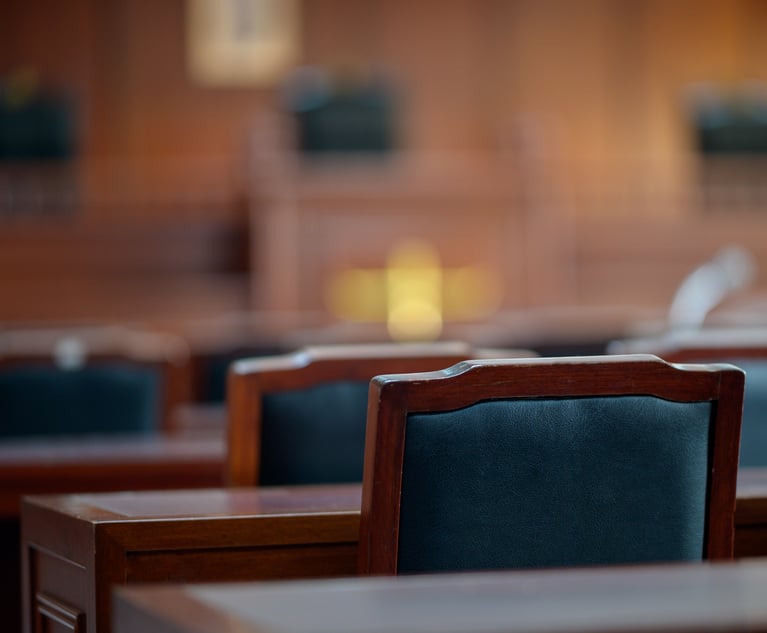President Trump’s recent war with Twitter—his primary mode of expression—blew up recently after the social-media platform tagged the president’s claims about fraud in mail-in balloting as misleading and offered readers the chance to click on a link to see contradictory evidence. Soon after, Twitter doubled-down on its efforts when it placed a warning label over messages from both the President and the White House’s Twitter accounts which implied that looters at the Minneapolis protests could be shot, saying the tweets violated the site’s policies against glorifying violence.
The president, meanwhile, used Twitter to accuse the platform of “interfering in the 2020 Presidential Election” and “stifling FREE SPEECH.” Around the same time, the White House began leaking various versions of an executive order which threatened to narrow legal protections for platforms that censor speech for ideological reasons, and he made it clear that he would seek to punish Facebook, YouTube and other platforms which allegedly interfere with his ability to communicate directly with his followers.
This content has been archived. It is available through our partners, LexisNexis® and Bloomberg Law.
To view this content, please continue to their sites.
Not a Lexis Subscriber?
Subscribe Now
Not a Bloomberg Law Subscriber?
Subscribe Now
LexisNexis® and Bloomberg Law are third party online distributors of the broad collection of current and archived versions of ALM's legal news publications. LexisNexis® and Bloomberg Law customers are able to access and use ALM's content, including content from the National Law Journal, The American Lawyer, Legaltech News, The New York Law Journal, and Corporate Counsel, as well as other sources of legal information.
For questions call 1-877-256-2472 or contact us at [email protected]


 Credit: quka/Shutterstock.com
Credit: quka/Shutterstock.com




